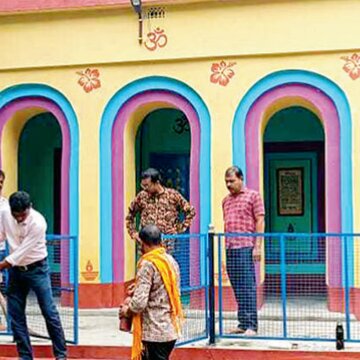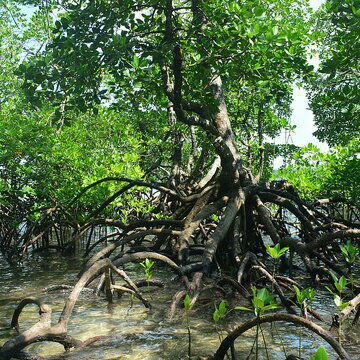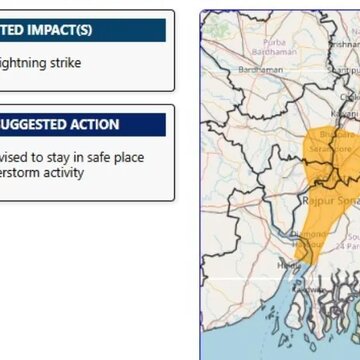From glacial lake bursts to relentless rains, Sikkim’s tourism revolution appears as a never-ending process. Each season brings new challenges for locals, with tourism, their main livelihood, suffering the most from nature’s wrath.
On October 4, 2023, Sikkim faced a catastrophic natural disaster when the South Lhonak glacial lake burst its banks. Kalimpong, too, was not spared. This time, on the night of October 4, incessant rains led to the closure of National Highway 10. This highway is considered Sikkim's lifeline. It typically allows travelers to reach Gangtok from Siliguri in just over four hours. The alternative route takes at least six and a half hours to reach Gangtok, with potential traffic jams extending the journey further. Consequently, tourists overwhelmingly prefer National Highway 10.
The calamity on Saturday left tourists in dire straits as the national highway was rendered impassable. Although authorities cleared the landslide and reopened the highway by Sunday evening, drivers were reluctant to risk the journey. The soil on the hillsides has been severely loosened by the excessive rainfall, creating a constant threat of further landslides. Heavy boulders could come crashing down from the higher elevations at any moment.
In such precarious conditions, how are tourists expected to reach their destinations?
Local drivers have taken advantage of this situation without any hesitation. Although it normally costs about 5,000 rupees to travel from Siliguri to Gangtok, some drivers on this particular day demanded up to 12,000 rupees from desperate tourists. The tourism department quickly established a helpline as visitor annoyance grew. But by the time many tourists learned of this, they had already given in and paid the exorbitant prices to go back to Siliguri.
Sikkim's anxiety over natural disasters is understandable, given that tourism is the state's primary source of revenue. Tourists flock to Sikkim in droves during the summer months and Durga Puja to enjoy the cool climate, and in winter to witness snowfall. However, following the October 2023 incident, North Sikkim was effectively closed off.
While North Sikkim reopened to tourists in May this year, the recent calamity has once again thrown everything into disarray. Even during this year's Durga Puja, tourism-related businesses in Sikkim failed to gain significant traction. The only remaining hope lies with the winter season, if tourists come to witness snowfall. The current topic of discussion revolves around whether Saturday's disaster has also rendered this prospect uncertain.
An official from the Sikkim Tourism Department states, “Although alternative routes have been developed, nothing can truly replace National Highway 10. Unless this road undergoes comprehensive repairs, tourist harassment will persist, and businesses will continue to suffer year after year”.
Renowned geologist Biswajit Bera opines, “The geological structure of the hills along National Highway 10 is such that it will repeatedly succumb to landslides during excessive rainfall or earthquakes. Moreover, the successive hydroelectric projects on the Teesta River and the Sevoke-Rangpo rail line have further exacerbated the risk of landslides”.










